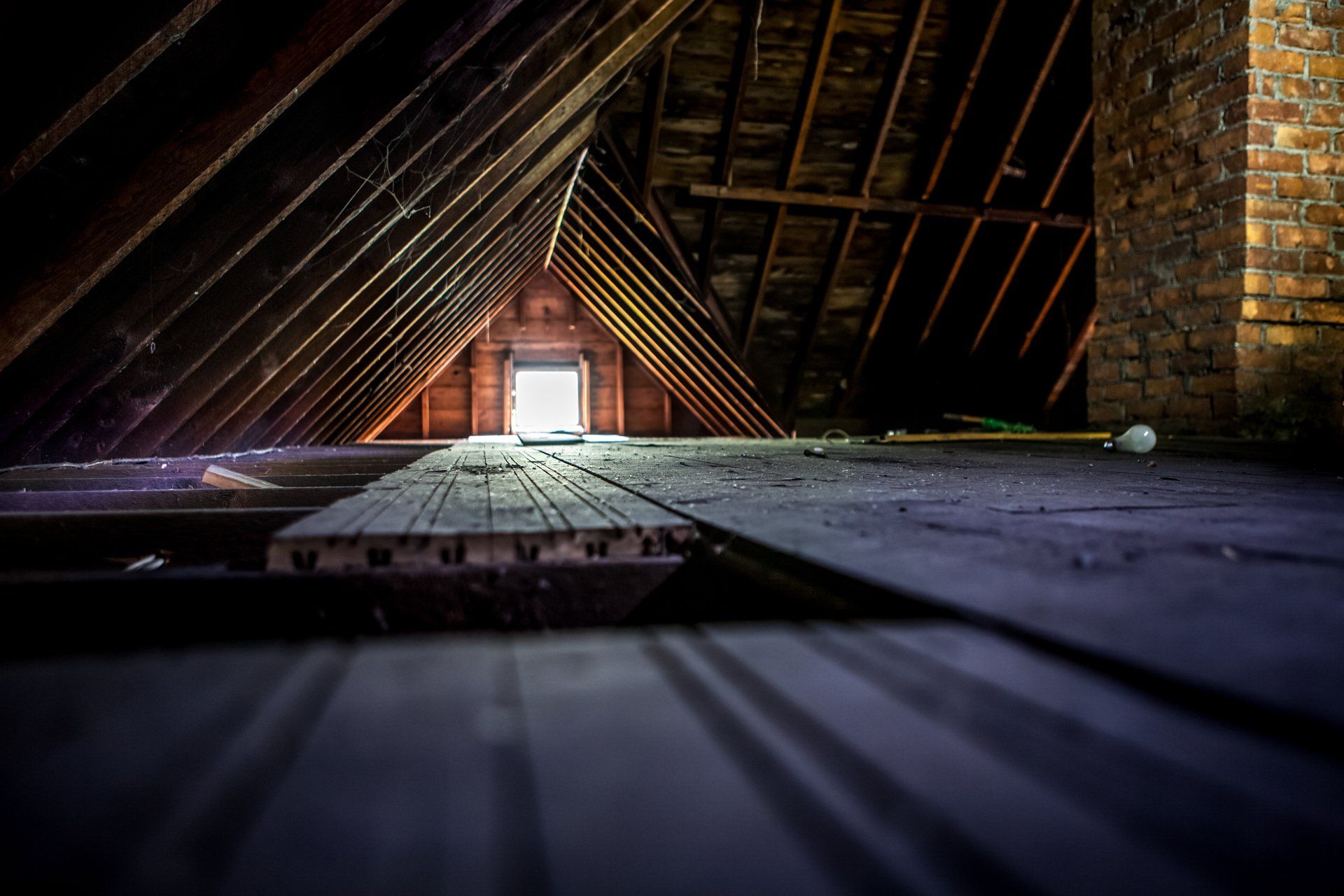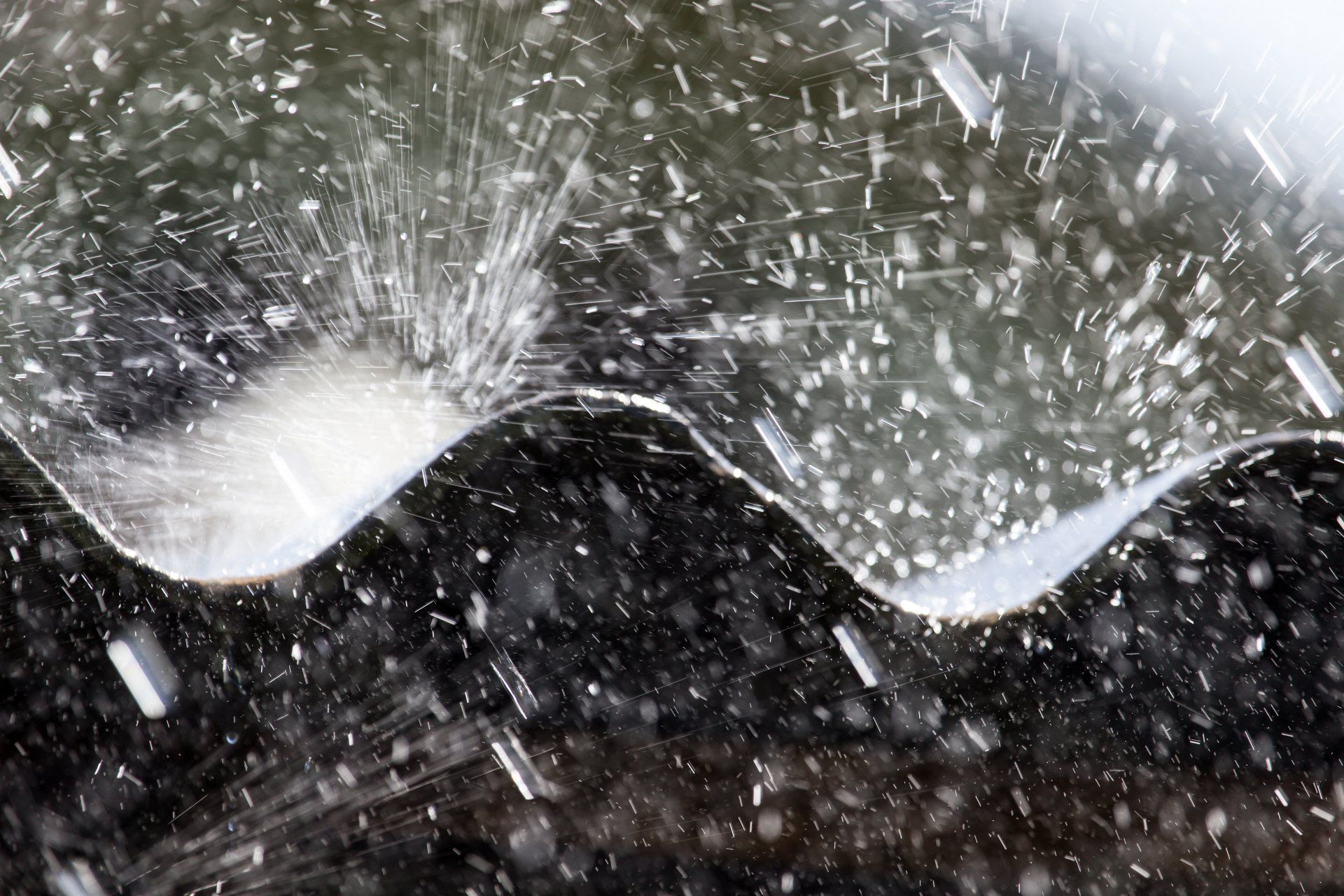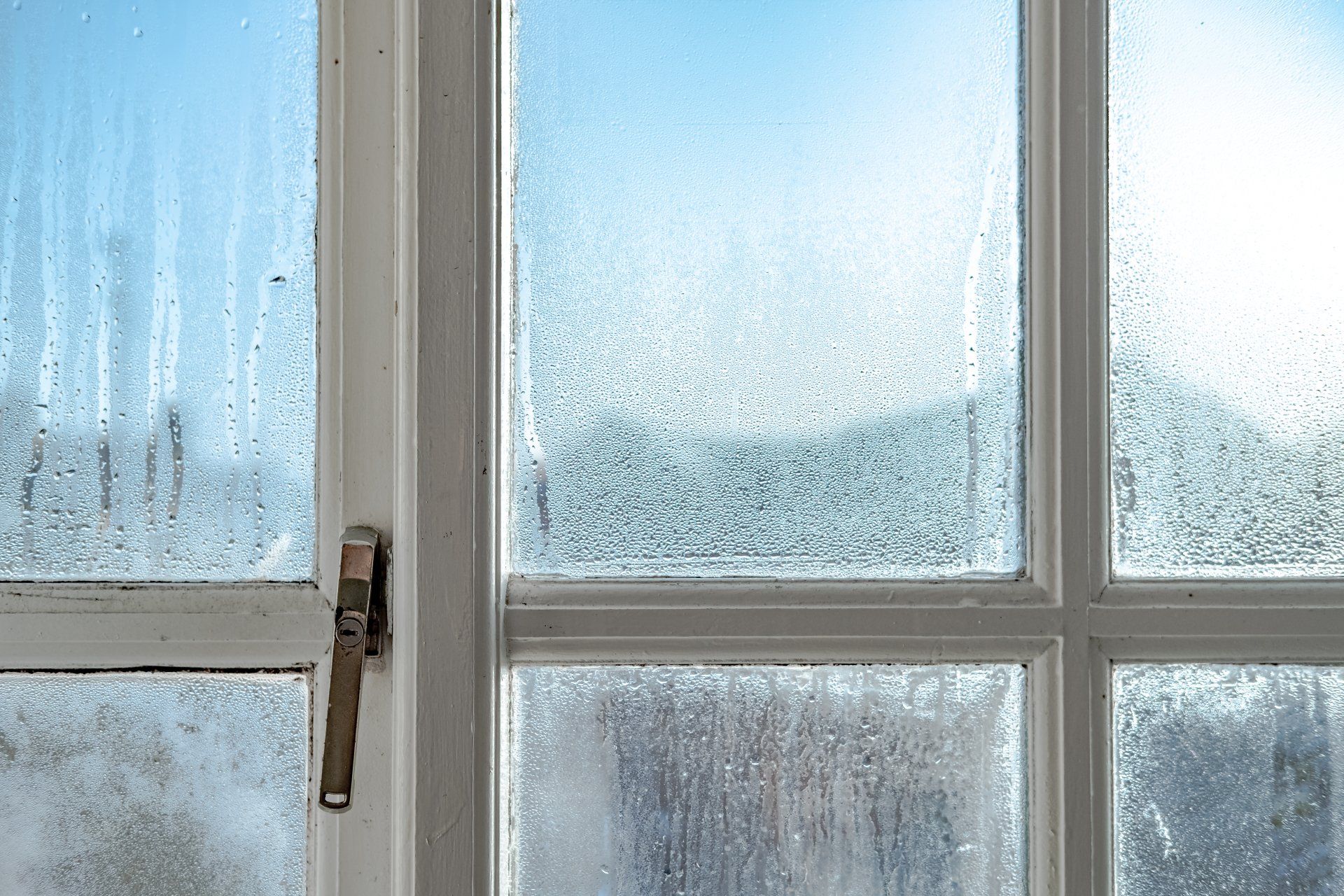Water Leak or Attic Rain? How To Predict and Prevent This Winter Problem

What Is Attic Rain?
In cold winters, moist air accumulates in the attic then freezes along the roof deck. The frost typically melts into the insulation and evaporates without causing a problem. If there is poor ventilation, the condensation remains, refreezes, and thaws with each passing cold snap. Homes are especially vulnerable to this rain-like effect during long stretches of freezing temperatures. It also depends on how quickly a warm-up follows a freeze.
Alberta homeowners aren’t strangers to condensation issues. Metal and glass surfaces tend to collect condensation when the temperature outside is much colder than inside. Attic rain is slightly different. Not only is condensation trapped, but more moisture from improperly sealed kitchen appliance vents or bathroom exhaust fans may be pumped into the attic. It usually indicates possible insulation, vapor barrier, or ventilation issues throughout the attic.
Unless you check your attic periodically throughout winter, you may not be aware of attic rain. Homeowners usually spot water damage on the ceiling and mistakenly think it’s a roof leak. Greg Garcia, President of AARA member Elite Roofing, told CTV News, “It’s not a huge problem, don’t panic,” said Garcia. “You’ll see a little bit of water and maybe some stain here and there. Call your roofing company just to make sure everything is fine.”
Factors That Contribute To Attic Rain
Humidity levels in the home fluctuate throughout winter. The more moisture in the air, the more likely condensation will accumulate in places that are not ventilating due to improper installation or normal wear and tear.
- Attic bypasses like those for furnaces, plumbing vents, dryer vents, bathroom fans may not be adequately sealed, leading to moisture leaks.
- Due to changes in industry standards for homebuilders, older homes have significantly less insulation leading to heat loss and increased risk of humidity.
- Newer homes tend to be more airtight, so moisture is trapped because there’s less ventilation.
- The air intake and exhaust fans are not properly balanced in the attic, trapping moisture.
- Vent pipes or ducts attached to the roof deck may not have proper adapters or flex piping with condensation traps to prevent moisture from escaping.
In each of these scenarios, moist air is continually funneling into the attic creating the perfect conditions for attic rain.
Three Ways To Help Prevent Attic Rain
While you can’t stop winter, you can minimize the chances of developing attic rain. The first step is to go through the four factors above and ensure proper airflow throughout your attic. Check to see that your insulation is intact and at optimal levelas. AARA members have worked with hundreds of homeowners to help identify and prevent attic rain during the harsh winter months. Here’s a checklist of things you can do within your home to reduce humidity.
- Check that your bathroom, kitchen, and laundry vents are sealed and vented outside the home.
- After a bath or shower, continue running the fan for at least 15 minutes.
- In late fall, have a roofing specialist check the insulation levels in your attic.
- Turn down the humidifier during a freeze or cold snap.
- Make sure snow piles do not block roof vents.
I Have Attic Rain, Now What?
Attic rain is a widespread winter occurrence, and catching it in time can help mitigate the damage. We don’t recommend fixing the problem on your own, though. Not only can the Alberta Allied Roofing Association connect you with reputable and experienced roofing professionals, but our members also coordinate policies and industry requirements that benefit the entire roofing industry. Give AARA a call at 1-877-765-0013, reach out via email at aara@albertaroofing.com, or fill out our online form to protect your home.



